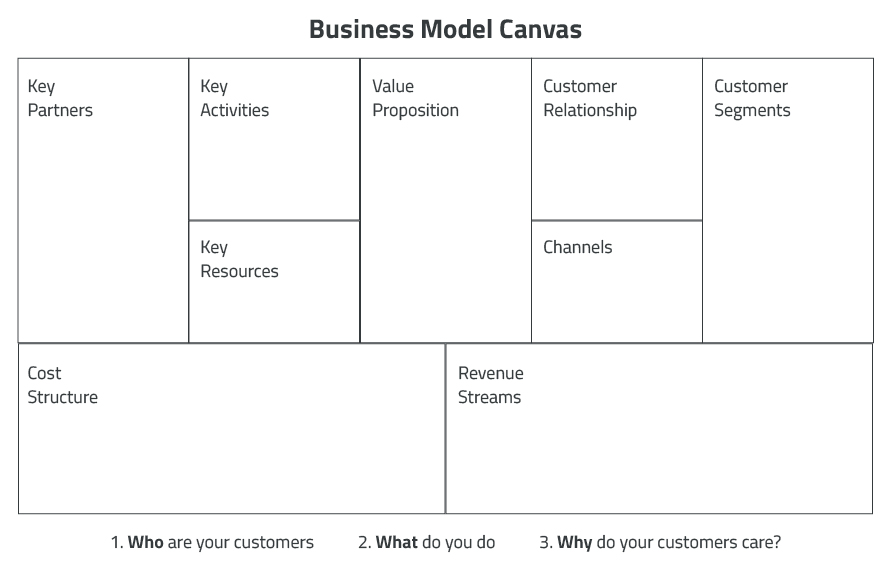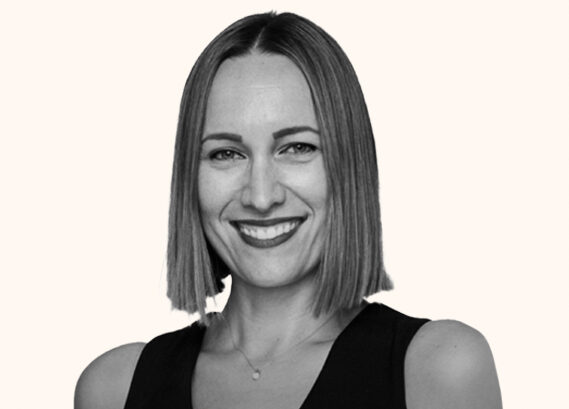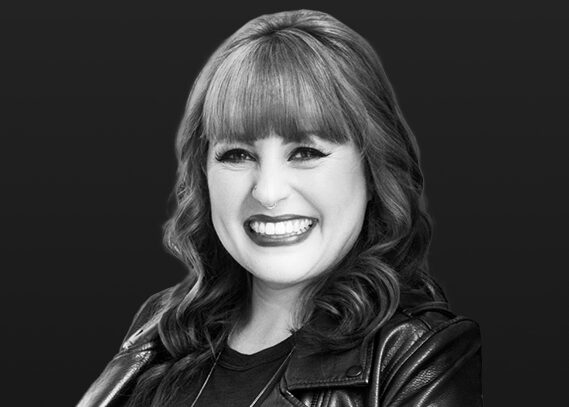Using the Business Model Canvas for Social Impact | Tory Burch Foundation
Using the Business Model Canvas for Social Impact
An introduction to the popular planning tool and how to use it to build social impact initiatives.
37,904 Views
7 Likes
2 min read
Link copied to clipboard
Entrepreneurs are increasingly working toward a triple bottom line: people, planet and profit. Alison Taylor, founder of business design and strategy studio Augur, works closely with founders who want to optimize their operations and bring their social impact work front and center. She joined our small webinar series to talk to our community about reimagining the impact their companies can have, using the Business Model Canvas.
Business theorist Alex Osterwalder created the Business Model Canvas in 2005. This strategic management tool lets team members list and analyze the most important components of their operations in a single place, allowing them to see how one area affects another. The nine components of the Business Model Canvas are:
- Customer segments: the groups of people you want to reach with a product or idea.
- Value proposition: what will each customer segment get out of this?
- Channels: the methods you’ll use to reach those customers.
- Customer relationships: what kind of relationship are you establishing with your customers?
- Revenue streams: the ways your product or idea will generate money.
- Key resources: what do you have at your disposal to create and deliver your product? Remember, time is as much a resource as funds and people.
- Key activities: what things do you need to be able to perform well?
- Key partners: who will you or your company work with, since you don’t have all the resources you need or won’t be able to do all the key activities yourself.
- Cost structure: this will be informed by the emerging structure of your business model.

Taylor explained that you can start just about anywhere on the Canvas, since each piece ties together. As you begin to lay out your ideas in the Business Model Canvas template, keep your purpose and the people you serve top of mind. And don’t worry about your mission being too niche. “What it means is you are so hyper focused on the people or industry, that you’re becoming the expert in that,” explained Taylor.
Watch Taylor walk one of our Fellows through a hypothetical product launch with the help of the Canvas during the webinar.
Help an entrepreneur by upvoting


